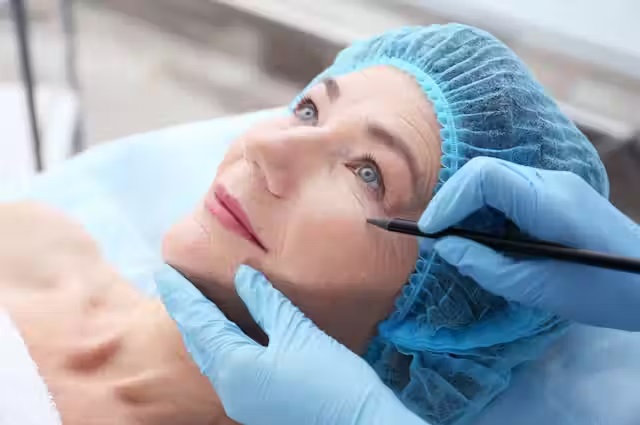Cosmetic surgery appeals to many because it promises to improve attractiveness, increase confidence, and—in certain situations—change lives. Still, one should never treat the choice to have such operations lightly. Beyond the shiny pamphlets and celebrity sponsorships, one must carefully evaluate genuine dangers and a thorough rehabilitation procedure.
The Physical Risks: More Than Skin-Deep
Though many people see cosmetic surgery as a route to improved attractiveness, there are many physical hazards involved that can seriously affect someone’s health. The operation determines the degree of these hazards, although they can include side effects from anesthesia, scars, and infections. Higher risks associated with invasive procedures such as tummy tucks or breast augmentations include bleeding, blood clots, and even organ damage. Popular surgery, liposuction, for instance, might cause improper performance, leading to shape abnormalities, numbness, and fluid buildup. These physical hazards serve as a reminder that cosmetic surgery is a major medical operation with much thought required, not just a quick fix for appearance.
Emotional Considerations: The Psychological Impact of Surgery
Many times, the desire to boost body image and self-esteem drives one to decide on cosmetic surgery. Still, the psychological effects of such operations can be strong and complicated. As they get used to their new look, patients can go through a spectrum of feelings from fear and melancholy to postoperative bliss. Before and after surgery, the pressure to reach perfection combined with the worry of not reaching personal or society standards can cause emotional pain. Some people can regret or be unhappy with the outcome after realizing that surgery cannot fix more profound self-esteem problems. Furthermore, the period of recovery can be one of emotional sensitivity as patients negotiate the transient consequences of surgery, like bruising and swelling. Particularly in cases where the outcomes are not clear-cut, the expectation of the result might cause anxiety.
The Importance of Choosing a Qualified Surgeon
The selection of a right surgeon, who has had his fair share of practice in the field of body make over is one of the most critical decisions a person makes towards opting for cosmetic surgery. Minimizing risks and guaranteeing a good result depends mostly on the surgeon’s experience. Sadly, there are many cosmetic surgeons in the field without the required training or expertise to carry out difficult treatments. Achieving safe and good outcomes depends on selecting a board-certained surgeon with experience in the particular operation under consideration. An important component of the decision-making process is a comprehensive consultation wherein the surgeon goes into great length on the hazards, advantages, and recovery mechanism. Beyond mere technical aptitude, the surgeon’s capacity for patient trust building and communication is also vital. A skilled surgeon will pay attention to the worries of the patient, provide reasonable expectations, and provide individualized advice fit for their requirements and objectives.
Recovery: A Journey of Patience and Care
Patience and care are very important when recovering after a facelift. Patients must be ready to control pain, follow treatment plans, and avoid events that can compromise the healing process during this period. Commonly occurring are swelling, bruising, and transient changes in feeling; while they can be disturbing, these are typical aspects of the rehabilitation process. Achieving the expected outcomes and encouraging recovery depend on appropriate aftercare. This includes maintaining a clean surgery area, following advised meds, and scheduling surgeon follow-up visits.
Informed Decision-Making
Being able to make sound decisions in choosing the procedures that will be suitable to your goals and expectations are contingent on knowledge of the risks and the process of rehabilitation of cosmetic surgery. One should approach cosmetic surgery knowing both the advantages and the possible difficulties involved. Although the desire for physical improvement is normal, it must be tempered with a reasonable evaluation of the hazards and the dedication needed for a good result. Important phases on this road include consulting a knowledgeable surgeon, knowing the mental and physical consequences, and being ready for the rehabilitation process.
Conclusion
Though it promises to change, cosmetic surgery is a road that needs cautious thought and complete awareness of the hazards and rehabilitation process. Those who concentrate on the physical and psychological components of surgery, choose a reputable surgeon, and commit to a thorough recovery plan will maximize their intended results and minimize any consequences.


